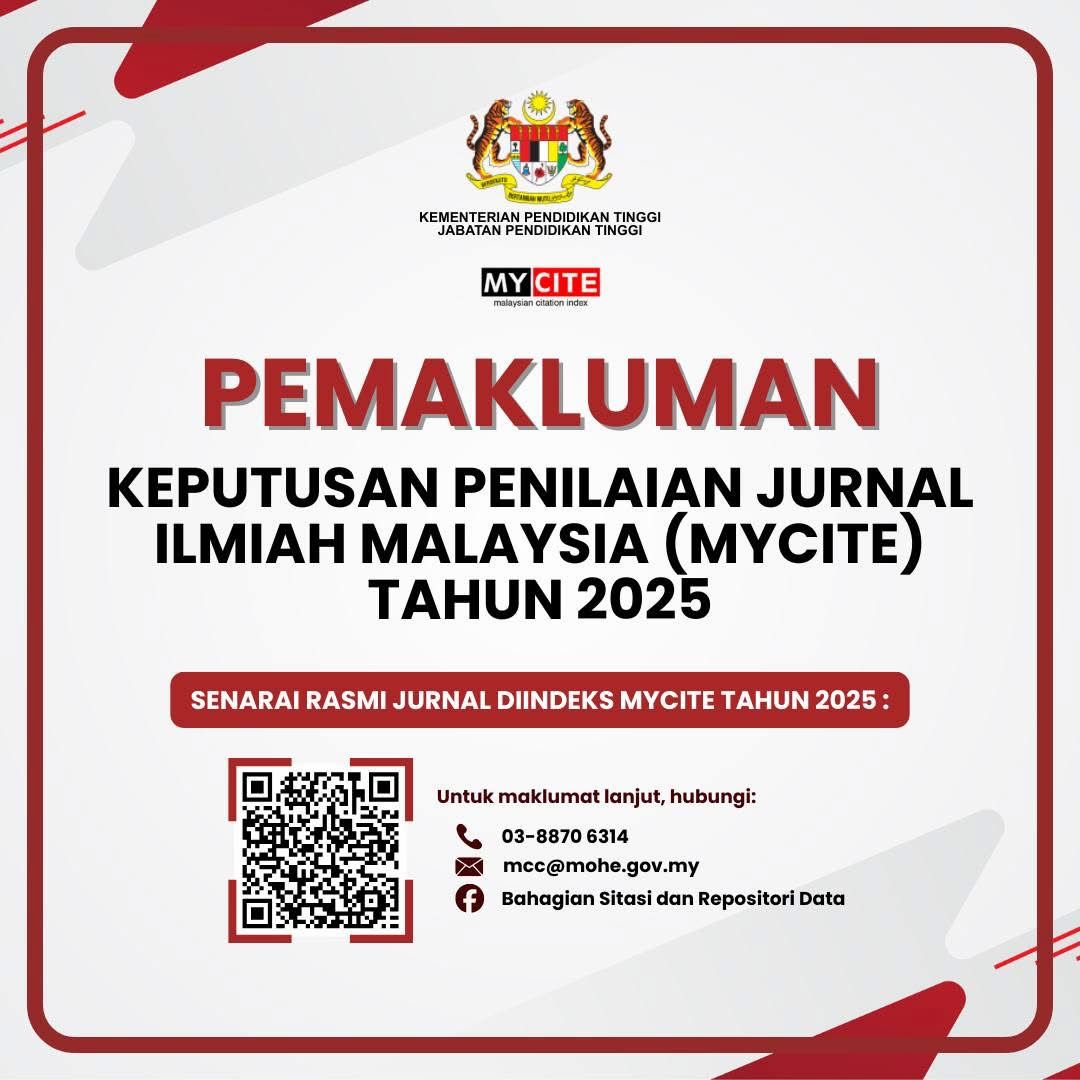Exploring the Opportunities and Limitations of YangJiaBu New Year Woodcut Prints in Product Design Under the Cultural Sustainability
DOI:
https://doi.org/10.24191/idealogy.v9i1.533Abstract
YangJiaBu new year woodcut prints are the first batch of intangible cultural heritage in China. Increasing emphasis on the sustainable development of traditional culture in the national cultural strategy has created new opportunities for the revitalization of Chinese traditional culture. With the rapid change of information globalization and economy, the sustainable development and inheritance of folk culture are gradually uncovered, necessitating the urgent need to combine innovation and application of technical materials; concurrently, cultural design has endowed traditional culture with new concepts and techniques. This study focuses on the cultural sustainability of YangJiaBu new year woodcut prints, as well as the possibility of incorporating them into daily design. Understand cultural phenomena and classify cultural design resources in depth by analysing historical context and resources. Using the literature research method and undertaking a VRIO method analysis (a technology that identifies and enhances sustainable core competitiveness based on internal valuable, rarity, inimitable, and organization), This study aims to examine the innovative potential of YangJiaBu new year woodcut prints in the design of daily products. The results will reveal the opportunities and constraints of YangJiaBu new year woodcut prints in contemporary design. These findings will aid in the theoretical understanding of the sustainable development of traditional folk culture, serve as a guide for researchers, and contribute creative sources for contemporary design, thereby enhancing the future cultural protection and culture of China's intangible cultural heritage. Innovative and sustainable applications.
Keywords: YangJiaBu new year woodcut prints, Cultural sustainability, Internal resources, Cultural design, Daily product design.
References
Almeida-Klein, S., & Pérez de Cuélla, J. (1998). Our creative diversity: Report of the World Commission on Culture and Development. UNESCO Publishing, Paris, FR.
Barney, J. B. (1995). Looking inside for competitive advantage. Academy of Management Perspectives, 9(4), 49–61.
Keitsch, M. (2012). Sustainable Design: A Brief Appraisal of its Main Concepts: Main Concepts of Sustainable Design. Sustainable Development, 20(3), 180–188. https://doi.org/10.1002/sd.1534
Moalosi, R., Popovic, V., & Hickling-Hudson, A. (2010). Culture-orientated product design. International Journal of Technology and Design Education, 20(2), 175–190. https://doi.org/10.1007/s10798-008-9069-1
Mokhtar, S. (2021). A framework for sustainable environmental analysis. IOP Conference Series: Earth and Environmental Science, 685(1), 012005. https://doi.org/10.1088/1755-1315/685/1/012005
Mokhtar, S. B., & Deng, Y.-S. (2014). Sustainable Design in Event Design: Opportunities and Limitations. Journal of Clean Energy Technologies, 163–167. https://doi.org/10.7763/JOCET.2014.V2.114
Pan, jinyun, & Fan, min. (2017). Research on the Internal Logic and Realization Path of Excellent Traditional Culture Promoting Regional Economic Development: Based on the Perspective of Global Cultural Industry Value Chain. https://doi.org/10.16011/j.cnki.jjwt.2017.10.013
Plummer, J. T. (1974). The concept and application of life style segmentation: The combination of two useful concepts provides a unique and important view of the market. Journal of Marketing, 38(1), 33–37.
Shen, hong. (2015). Intangible Cultural Heritage · Chinese New Year Paintings Classic Series. Shenzhen publish house.
Soini, K., & Birkeland, I. (2014). Exploring the scientific discourse on cultural sustainability. Geoforum, 51, 213–223. https://doi.org/10.1016/j.geoforum.2013.12.001
Tan, jiazheng. (1993). Chronicles of Yangjiabu Village (K295.25). Qilu Publishing House. http://book.ucdrs.superlib.net/views/specific/2929/bookDetail.jsp?dxNumber=000000408878&d=25725E4F9EF9263E3914C00E0DC6130E&fenlei=110308
Throsby, D. (2008). Linking cultural and ecological sustainability. International Journal of Diversity in Organizations, Communities, and Nations, 8(1), 15. https://doi.org/10.18848/1447-9532/CGP/v08i01/39529
Toyong, N., Abidin, S. Z., & Mokhtar, S. (2021). A Case for Intuition-Driven Design Expertise. In A. Chakrabarti, R. Poovaiah, P. Bokil, & V. Kant (Eds.), Design for Tomorrow—Volume 3 (Vol. 223, pp. 117–131). Springer Singapore. https://doi.org/10.1007/978-981-16-0084-5_10
Ullah, I. (2018). Wood Carving- Traditional Art of Malaysia to be a Safeguard and Protected. 3(1).
Downloads
Published
Issue
Section
License
UiTM Press (the Publisher) has agreed to publish the undersigned author’s paper in Idealogy Journal. The agreement is contingent upon the fulfilment of a number of requirements listed below.
1. The undersigned author warrants that the paper entitled below is original, that it is not in any way libellous or unlawful in Malaysia, that it does not infringe any copyright or other proprietary right. The undersigned hereby represents and warrants that he/she is the author of the paper, except for material that is clearly identified as to its original source, with permission notices from the copyright owners where required. The undersigned represents that he/she has the power and authority to sign and execute this agreement.
2. The undersigned author warrants that the paper entitled below has not been published elsewhere, and also it will not be submitted anywhere else for publication prior to acceptance/rejection by this Journal.
3. By submitting the paper entitled below, the undersigned author agrees to transfer the rights to publish and distribute the paper in an international e-journal (entitled above) to Publisher.
4. The undersigned author agrees to make a reasonable effort to conform to Publisher's submission guidelines and to liaise with the editor to ensure that the requirements of these guidelines are met to a reasonable degree.
5. The corresponding author signs for and accepts responsibility for releasing this material on behalf of any and all coauthors. This agreement is to be signed by at least one of the authors who has obtained the assent of the co-author(s) where applicable. After submission of this agreement signed by the corresponding author, changes of authorship or in the order of the authors listed will not be accepted.




